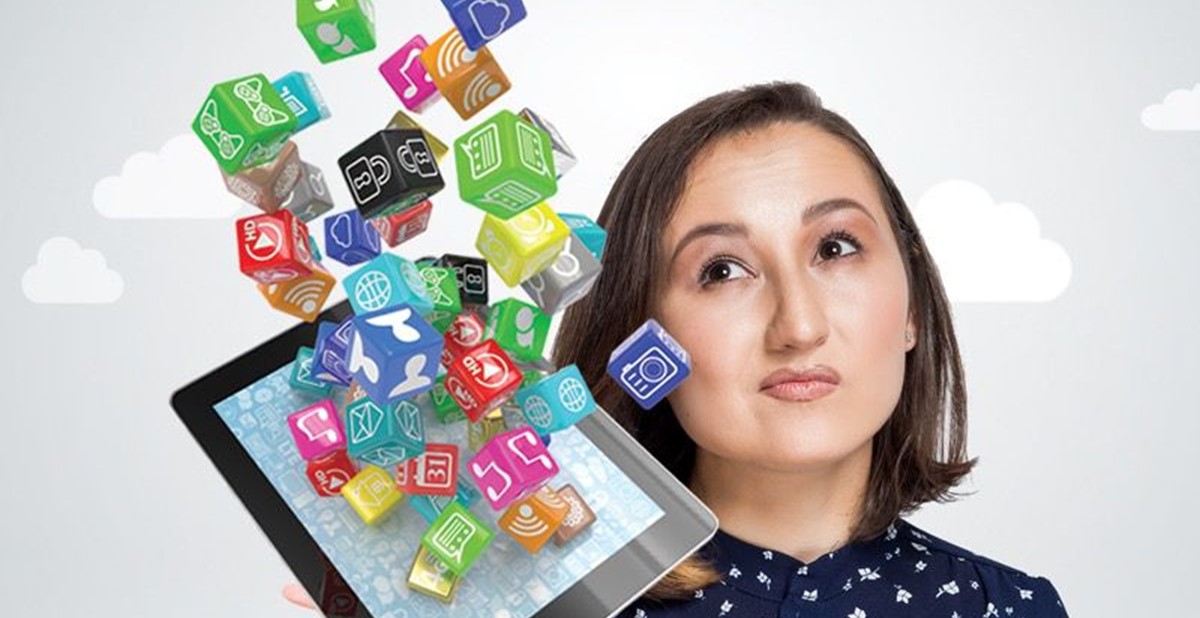Top Five Social Media Trends Of 2018

Social media waits for no brand. And just like everything internet-related, it changes fast. The Cambridge Analytica scandal, Mark Zuckerberg’s congressional hearings and the General Data Protection Regulation might have shaken the social media world recently, but the process continues. Social media has developed—and is still developing—in interesting ways. Take a look at the top five trends shaping the social media landscape in 2018.
1. Stories Replace Feeds
With the rise of smartphone adoption and mobile video has come a significant change to content production: stories are now replacing feeds. Feeds are what you’re used to seeing on Facebook or Twitter: a scrolling wall of content in many formats. Stories, on the other hand, are vertical video montages that are easy to produce and consume on mobile devices. And while the format was first popularized by Snapchat, currently Instagram and Facebook are taking the lead. Gen Z especially prefers stories since they are often sent through more private channels and don’t stay up permanently like feed posts on Facebook or Twitter.
In this new era of moving away from desktop-oriented feeds, brands are using stories to their fullest. This involves increased use of emoji and stickers, which are popular with Gen Z. Instagram is capitalizing on this by adding click-to-buy links on stories.
2. Messaging Is Rising
Facebook Messenger, Viber, WhatsApp, WeChat and other messaging platforms are rising quickly in popularity. With a widening spread of mobile internet and wifi, these apps are replacing traditional modes of communication such as text messaging and phone calls. The quick growth of mobile video can also be tied to this trend.
For brands, this means an increased focus on chatbots—automated systems that replace people on corporate messaging accounts. For example, the Golden State Warriors Facebook Messenger bot shared info on the 2017 NBA Playoffs, which led to 4.3 million messages being exchanged in the first two months. Fifty-three percent of people claim they’re more likely to shop with a business they can message directly, so the utility of bots is obvious.
3. Brand Participation Revival
One of the top trends is brand participation, moving away from Facebook’s inefficient brand contests. It can be as simple as Wendy’s famously snarky Twitter account, or as complex as SWACE, a new platform that allows brands to design simple games for their audiences—and not just as a gimmick. SWACE actually uses blockchain-based tokens as payment to enter the games, and they’re also the reward. The tokens can later be exchanged for various brand-related prizes.
The games, meanwhile, are a mix of Augmented Reality (AR), ephemeral content (content that is consumed and expires in minutes rather than staying for posterity), messaging, video, photography, and voting for community-produced content.
4. Video Is Trendy And Trending
The 2017 closing of Vine (an entertainment network for videos) did not impede the spread of video. Twitter, Instagram and Facebook are all great for sharing short promotional videos. Inspirational stories make for impactful, easy-to-consume content and the new Facebook Watch Parties let users watch videos with friends to see their reactions.
The live streaming part of it is important, too. Two billion people have seen Facebook Live streams, and brands are taking notice of its efficacy. Even sports events are moving to Facebook streaming. Meanwhile, companies targeting the more tech-savvy gaming audience are hosting Twitch streams for their Q&A sessions. This sort of raw, unedited content feels a lot more real and genuine than marketing clips. In addition, the “live” aspect of video triggers that sense of urgency in the same way that ephemeral content does.
5. Augmented Reality Is Improving Interactivity
Interaction between the real world and things previously limited to computer screens is no longer a sci-fi fantasy. When the world saw Kim Kardashian first use a Snapchat filter, we knew this technology was here to stay. Facebook and even Apple are working on similar developments.
But AR is more than just inserting your Bitmoji into a video or hunting Pokemon in Pokemon Go. For example, the IKEA Place app allows you to preview furniture you want to buy and visualize it in your own room. And by using SWACE, companies can get customers to take hilarious holiday photos with their brand’s avatars.
In short, the future of social media is exciting. From AR to gaming and video, the online communication world is ready to enchant and capture the attention of users, helping build deeper social bonds online and offline.
---
Kristina Skindelyte is a public image specialist and communications engagement enthusiast, with experience in both the private and public sector. She brings her expertise to Blue Oceans PR, a digital PR agency that focuses on creating buzz throughout different media channels, from traditional media to influencer communications.

